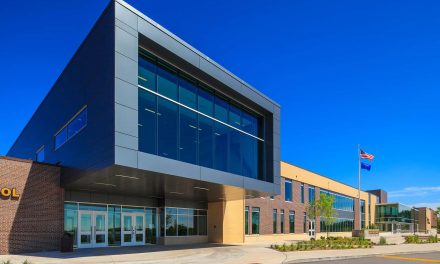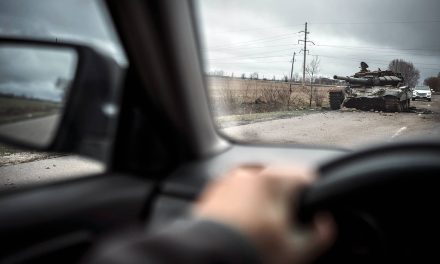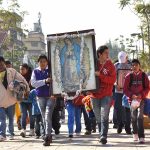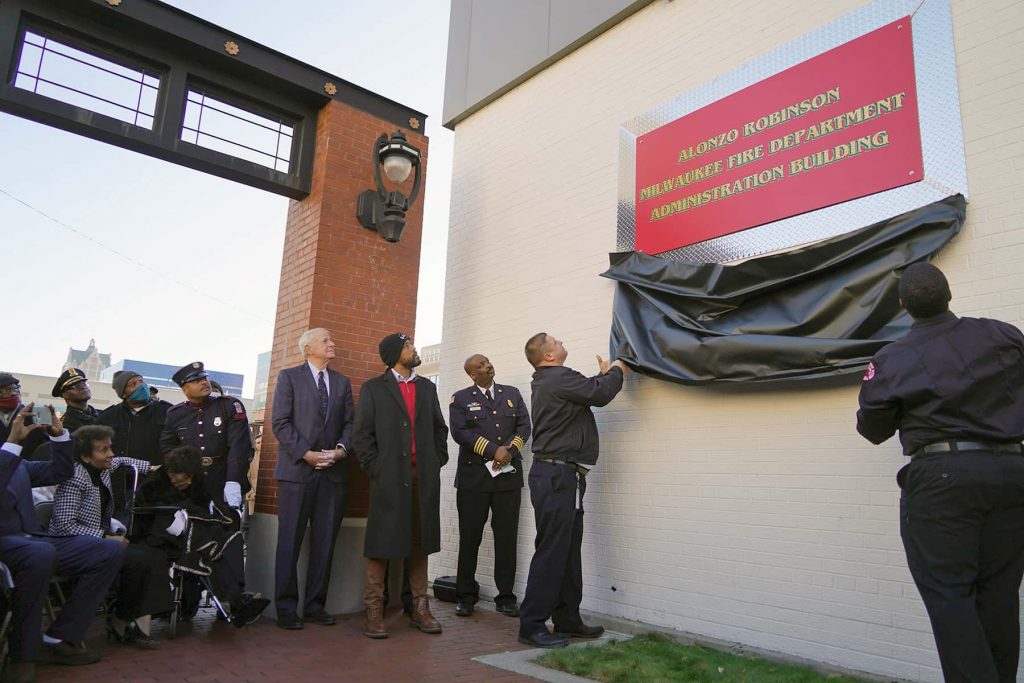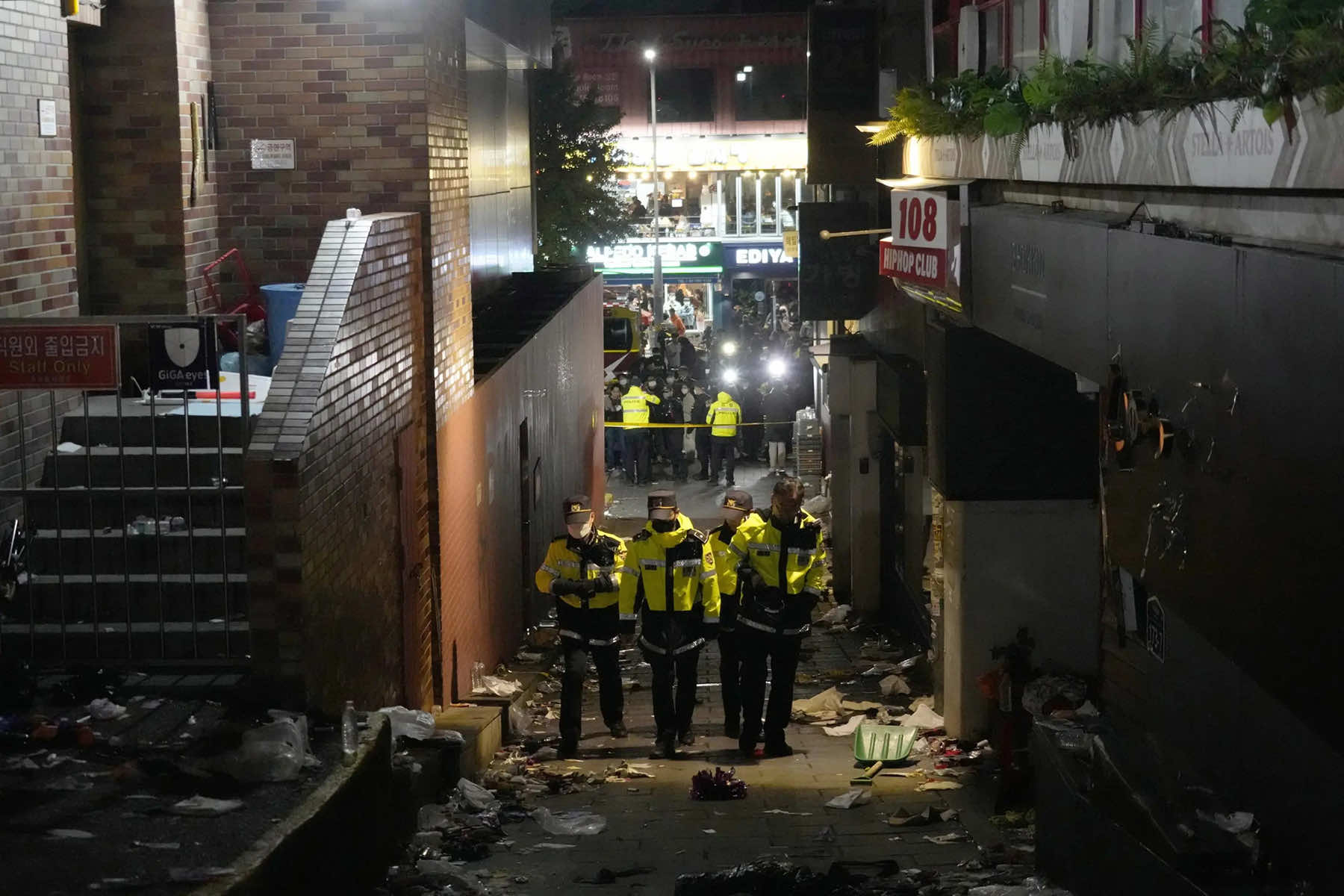
As South Korea approaches the second anniversary of the Itaewon Halloween crowd crush on October 29, the nation continues to grapple with the pain and lessons from that fateful night.
The tragedy, which claimed 159 young lives and left many others injured, remains a somber reminder of how quickly festive fun can turn deadly, and the importance of effective crowd management and emergency response.
On October 29, 2022, the streets of Itaewon, Seoul’s bustling nightlife district, were filled with revelers celebrating Halloween. The festive atmosphere escalated into chaos as the narrow, sloping alleyways became dangerously overcrowded.
Witnesses described a “hell-like” scene where people fell on each other like dominoes, causing severe breathing difficulties and numerous fatalities.
“The entire Itaewon area was jammed with slow-moving vehicles and partygoers in costumes, making it impossible for rescuers and ambulances to reach the crammed alleys in time,” an unnamed survivor recalled in 2022.
The crush, which primarily affected young people in their 20s and 30s, drew immediate comparisons to the Sewol ferry disaster, which also exposed significant lapses in safety and regulatory measures.
In 2014, 304 people – most of them schoolchildren – died as a result of poor planning and ineffective safety measures. Families were still waiting for answers as of the 10th anniversary in April.
“I think this kind of incident must never happen again. Our hearts are aching too much,” said Choi Seul Gi, a 30-year-old office worker.
In the immediate aftermath, President Yoon Suk Yeol declared a national mourning period and ordered flags at government buildings and public offices to fly at half-mast. Memorial sites were established across the country, where tens of thousands of people, including top officials, paid their respects.
“I offer a deep apology again by bearing the sorrow and heavy responsibility for the disaster in my heart,” said Seoul Mayor Oh Se-hoon.
A 475-member task force was quickly established to investigate the incident. Police reviewed footage from security cameras and social media, and interviewed over 40 witnesses and survivors to determine the cause of the crush.
Initial findings pointed to significant failures in crowd control and emergency response. Despite hotline calls warning about the swelling crowd and potential dangers, the police response was inadequate.
Only 137 officers were deployed to manage an expected crowd of over 100,000, primarily focusing on crime rather than crowd control.
National police chief Yoon Hee Keun admitted to receiving numerous urgent calls from citizens about the potential danger of the crowd gathering in Itaewon.
“I feel a heavy responsibility for the disaster as the head of one of the related government offices,” he said. “Police will do their best to prevent a tragedy like this from happening again.”
The South Korean government faced growing public scrutiny over whether the crush could have been prevented and who should take responsibility. A police special investigation released in January 2023 confirmed the initial findings, that failures by police and municipal officials contributed to the disaster.
“The problem is that there have been only stopgap measures whenever some incidents happened,” said Park Sangin, a professor at Seoul National University. “Also, the bigger problem is that there has been no clear accountability for them.”
More than 20 police and government officials were indicted for their roles in the disaster. Several former police officers were convicted for attempting to cover up evidence, including destroying internal files related to the incident.
Park Seong-min, a former senior intelligence officer at the Seoul Metropolitan Police Agency, was sentenced to 18 months in prison for ordering subordinates to erase internal documents after the crush. Kim Jin-ho, a former intelligence officer at Seoul’s Yongsan district police station, received a suspended one-year sentence on similar charges.
In May 2024, South Korea’s parliament passed a bill mandating an independent investigation to delve deeper into the causes and management of the disaster. The legislation envisaged the creation of a fact-finding committee with nine members to independently examine the disaster for up to 15 months.
“The attitude by the government and the ruling party is inflicting deeper and more painful scars on (us). We just want to know the fundamental reasons why on October 29, 2022, thousands of people fell, 159 of them died and thousands of others were injured or ended up living with trauma,” the victims’ families said in a joint 2023 statement.
Public memorials and protests have been held, with families and supporters calling for justice and an official remembrance. On the first anniversary of the tragedy in 2023, many businesses avoided Halloween-themed events as a sign of respect for the victims. Formal memorial services were held, with significant public participation.
In Itaewon, post-it notes with condolence messages such as “We won’t forget you forever” and “Sorry. Please, rest in peace” plastered the walls of the site well into the first year after the tragedy. A mourning station established in central Seoul received many visitors who laid white flowers and burned incense in front of photos of the victims.
Since the Itaewon crowd crush, the government has proposed and implemented several safety reforms and regulatory changes to prevent similar incidents in the future. The measures include deploying more police and public workers to monitor bottleneck points, enforcing one-way walk lanes, and blocking narrow pathways.
“The way to overcome the pains and sorrow of the disaster is preventing this kind of incident from happening again,” said Mayor Oh Se-hoon.
However, the reforms have not been without challenges. Safety-related incidents have continued to occur, and there are ongoing demands for accountability and more comprehensive reforms. Despite the measures taken, the families of the victims and their supporters have called for a more sincere apology from President Yoon and a thorough, independent investigation into the fundamental causes of the disaster.
The nation has stood united in grief and determination, honoring the victims and striving to build a safer future. Public memorials and services are planned for the second anniversary, with families and supporters expected to gather in Itaewon and other locations to pay their respects to the 159 lives lost.
MI Staff (Korea)
Lee Jin-man (AP), Ahn Young-joon (AP), Han Sang-gyun (AP), Shin Hyun-woo (AP), and Ahn Jun-hwan (AP)
- Exploring Korea: Stories from Milwaukee to the DMZ and across a divided peninsula
- A pawn of history: How the Great Power struggle to control Korea set the stage for its civil war
- Names for Korea: The evolution of English words used for its identity from Gojoseon to Daehan Minguk
- SeonJoo So Oh: Living her dream of creating a "folded paper" bridge between Milwaukee and Korean culture
- A Cultural Bridge: Why Milwaukee needs to invest in a Museum that celebrates Korean art and history
- Korean diplomat joins Milwaukee's Korean American community in celebration of 79th Liberation Day
- John T. Chisholm: Standing guard along the volatile Korean DMZ at the end of the Cold War
- Most Dangerous Game: The golf course where U.S. soldiers play surrounded by North Korean snipers
- Triumph and Tragedy: How the 1988 Seoul Olympics became a battleground for Cold War politics
- Dan Odya: The challenges of serving at the Korean Demilitarized Zone during the Vietnam War
- The Korean Demilitarized Zone: A border between peace and war that also cuts across hearts and history
- The Korean DMZ Conflict: A forgotten "Second Chapter" of America's "Forgotten War"
- Dick Cavalco: A life shaped by service but also silence for 65 years about the Korean War
- Overshadowed by conflict: Why the Korean War still struggles for recognition and remembrance
- Wisconsin's Korean War Memorial stands as a timeless tribute to a generation of "forgotten" veterans
- Glenn Dohrmann: The extraordinary journey from an orphaned farm boy to a highly decorated hero
- The fight for Hill 266: Glenn Dohrmann recalls one of the Korean War's most fierce battles
- Frozen in time: Rare photos from a side of the Korean War that most families in Milwaukee never saw
- Jessica Boling: The emotional journey from an American adoption to reclaiming her Korean identity
- A deportation story: When South Korea was forced to confront its adoption industry's history of abuse
- South Korea faces severe population decline amid growing burdens on marriage and parenthood
- Emma Daisy Gertel: Why finding comfort with the "in-between space" as a Korean adoptee is a superpower
- The Soul of Seoul: A photographic look at the dynamic streets and urban layers of a megacity
- The Creation of Hangul: A linguistic masterpiece designed by King Sejong to increase Korean literacy
- Rick Wood: Veteran Milwaukee photojournalist reflects on his rare trip to reclusive North Korea
- Dynastic Rule: Personality cult of Kim Jong Un expands as North Koreans wear his pins to show total loyalty
- South Korea formalizes nuclear deterrent strategy with U.S. as North Korea aims to boost atomic arsenal
- Tea with Jin: A rare conversation with a North Korean defector living a happier life in Seoul
- Journalism and Statecraft: Why it is complicated for foreign press to interview a North Korean defector
- Inside North Korea’s Isolation: A decade of images show rare views of life around Pyongyang
- Karyn Althoff Roelke: How Honor Flights remind Korean War veterans that they are not forgotten
- Letters from North Korea: How Milwaukee County Historical Society preserves stories from war veterans
- A Cold War Secret: Graves discovered of Russian pilots who flew MiG jets for North Korea during Korean War
- Heechang Kang: How a Korean American pastor balances tradition and integration at church
- Faith and Heritage: A Pew Research Center's perspective on Korean American Christians in Milwaukee
- Landmark legal verdict by South Korea's top court opens the door to some rights for same-sex couples
- Kenny Yoo: How the adversities of dyslexia and the war in Afghanistan fueled his success as a photojournalist
- Walking between two worlds: The complex dynamics of code-switching among Korean Americans
- A look back at Kamala Harris in South Korea as U.S. looks ahead to more provocations by North Korea
- Jason S. Yi: Feeling at peace with the duality of being both an American and a Korean in Milwaukee
- The Zainichi experience: Second season of “Pachinko” examines the hardships of ethnic Koreans in Japan
- Shadows of History: South Korea's lingering struggle for justice over "Comfort Women"
- Christopher Michael Doll: An unexpected life in South Korea and its cross-cultural intersections
- Korea in 1895: How UW-Milwaukee's AGSL protects the historic treasures of Kim Jeong-ho and George C. Foulk
- "Ink. Brush. Paper." Exhibit: Korean Sumukhwa art highlights women’s empowerment in Milwaukee
- Christopher Wing: The cultural bonds between Milwaukee and Changwon built by brewing beer
- Halloween Crowd Crush: A solemn remembrance of the Itaewon tragedy after two years of mourning
- Forgotten Victims: How panic and paranoia led to a massacre of refugees at the No Gun Ri Bridge
- Kyoung Ae Cho: How embracing Korean heritage and uniting cultures started with her own name
- Complexities of Identity: When being from North Korea does not mean being North Korean
- A fragile peace: Tensions simmer at DMZ as North Korean soldiers cross into the South multiple times
- Byung-Il Choi: A lifelong dedication to medicine began with the kindness of U.S. soldiers to a child of war
- Restoring Harmony: South Korea's long search to reclaim its identity from Japanese occupation
- Sado gold mine gains UNESCO status after Tokyo pledges to exhibit WWII trauma of Korean laborers
- The Heartbeat of K-Pop: How Tina Melk's passion for Korean music inspired a utopia for others to share
- K-pop Revolution: The Korean cultural phenomenon that captivated a growing audience in Milwaukee
- Artifacts from BTS and LE SSERAFIM featured at Grammy Museum exhibit put K-pop fashion in the spotlight
- Hyunjoo Han: The unconventional path from a Korean village to Milwaukee’s multicultural landscape
- The Battle of Restraint: How nuclear weapons almost redefined warfare on the Korean peninsula
- Rejection of peace: Why North Korea's increasing hostility to the South was inevitable
- WonWoo Chung: Navigating life, faith, and identity between cultures in Milwaukee and Seoul
- Korean Landmarks: A visual tour of heritage sites from the Silla and Joseon Dynasties
- South Korea’s Digital Nomad Visa offers a global gateway for Milwaukee’s young professionals
- Forgotten Gando: Why the autonomous Korean territory within China remains a footnote in history
- A game of maps: How China prepared to steal Korean history to prevent reunification
- From Taiwan to Korea: When Mao Zedong shifted China’s priority amid Soviet and American pressures
- Hoyoon Min: Putting his future on hold in Milwaukee to serve in his homeland's military
- A long journey home: Robert P. Raess laid to rest in Wisconsin after being MIA in Korean War for 70 years
- Existential threats: A cost of living in Seoul comes with being in range of North Korea's artillery
- Jinseon Kim: A Seoulite's creative adventure recording the city’s legacy and allure through art
- A subway journey: Exploring Euljiro in illustrations and by foot on Line 2 with artist Jinseon Kim
- Seoul Searching: Revisiting the first film to explore the experiences of Korean adoptees and diaspora


























































